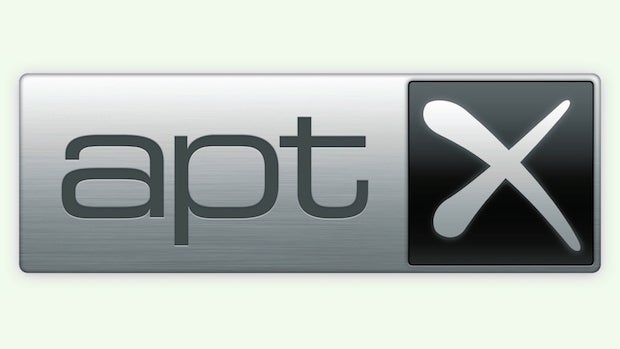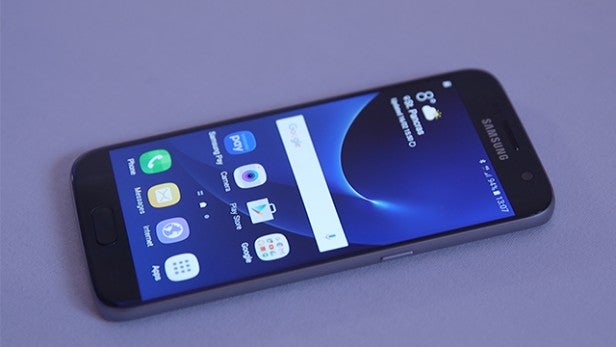AptX HD: The future of high-res music streaming

We take a look at Qualcomm’s aptX HD codec and what it means for mobile audio.
As we’ve seen from the recent announcement of the LG G5 and its DAC plug-in, as well as speculation over the iPhone 7‘s audio set-ups, people care about mobile audio.
One of the big standards you might have encountered of late is aptX HD. So what exactly is it, and why should you care?
Before we can discuss aptX HD, we should lay the groundwork by explaining aptX – the standard it stems from.

History of aptX
AptX is an audio codec established in the 1980s by Dr. Stephen Smyth of Queen’s University Belfast. It was initially released as an integrated circuit for broadcasters looking to store CD-quality audio on a computer hard disk drive.
This explains why aptX has gone on to become a popular professional audio standard that has been adopted by 30,000 radio stations and 20,000 cinemas across the world.
As of 2009, aptX started to be applied to consumer electronics, and it has gone on to be adopted by some 320 leading audio brands. In this context – the one we’re mainly concerned with here – the aptX codec has become a key means for streaming near-CD-quality sound from various media-playing devices to a variety of Bluetooth speakers, headphones, soundbars, and the like.
It’s widely enabled in mobile devices from the likes of Samsung, Sony, HTC, Motorola and LG, and it’s also supported by Windows 10 and Mac OS X.
One final point worth making here is that in July 2010, Cambridge-based semiconductor company CSR acquired the aptX technology, and just over a year later the world’s biggest mobile chip maker Qualcomm acquired CSR. As such, aptX is now a Qualcomm property.
What is AptX HD?
With aptX explained, you can probably take a good guess at what aptX HD involves. It’s an enhancement of the core aptX codec aimed at providing higher quality wireless sound streaming.
Announced at CES 2016 back in January, aptX HD works in much the same way as aptX, but it now allows for high-resolution audio. Where straight aptX can stream 16-bit audio (roughly CD-quality), aptX HD goes beyond that and can manage 24-bit over a Bluetooth connection.
While it accepts a 24-bit signal, aptX HD ensures the retention of this fidelity by using an extra two bits in each of the four sub-bands of processing, which effectively lowers the signal-to-noise ratio and leads to less distortion in high-resolution audio files.
Given its heritage, it’s perhaps unsurprising to learn that aptX HD retains backwards compatibility with Bluetooth devices running classic aptX.
 The LG G5 has full aptX HD support
The LG G5 has full aptX HD support
AptX HD support
You might think that given its Qualcomm ownership, a whole heap of Android devices launched in 2016 will come with aptX HD support by default. After all, the Qualcomm Snapdragon 820 looks set to be the go-to chip for most high-end phone manufacturers.
However, aptX support requires the compliance of the handset manufacturers themselves.
For example, the recently announced LG G5 comes with aptX HD support in tow. The LG Tone Platinum, meanwhile, is the world’s first Bluetooth headset equipped with the aptX HD codec. The idea is presumably to pair the two up for wire-free high-resolution audio nirvana.
However, the Samsung Galaxy S7, which was announced on the same day as the LG G5 and is powered by the same Snapdragon 820 CPU (in most territories), only has regular 16-bit aptX support.

The moral of the story if you’re looking to stream high-resolution audio wirelessly using aptX HD, then, is to check for support before you buy anything. Whether it’s a smartphone, a set of Bluetooth headphones, or any other part of your audio set-up, support for Qualcomm’s latest standard is not guaranteed.
Of course, there are plenty of people who will tell you that you’ll never match the quality of a decent set of wired headphones with any Bluetooth set, regardless of the audio codec used. But that’s an argument for another article.








